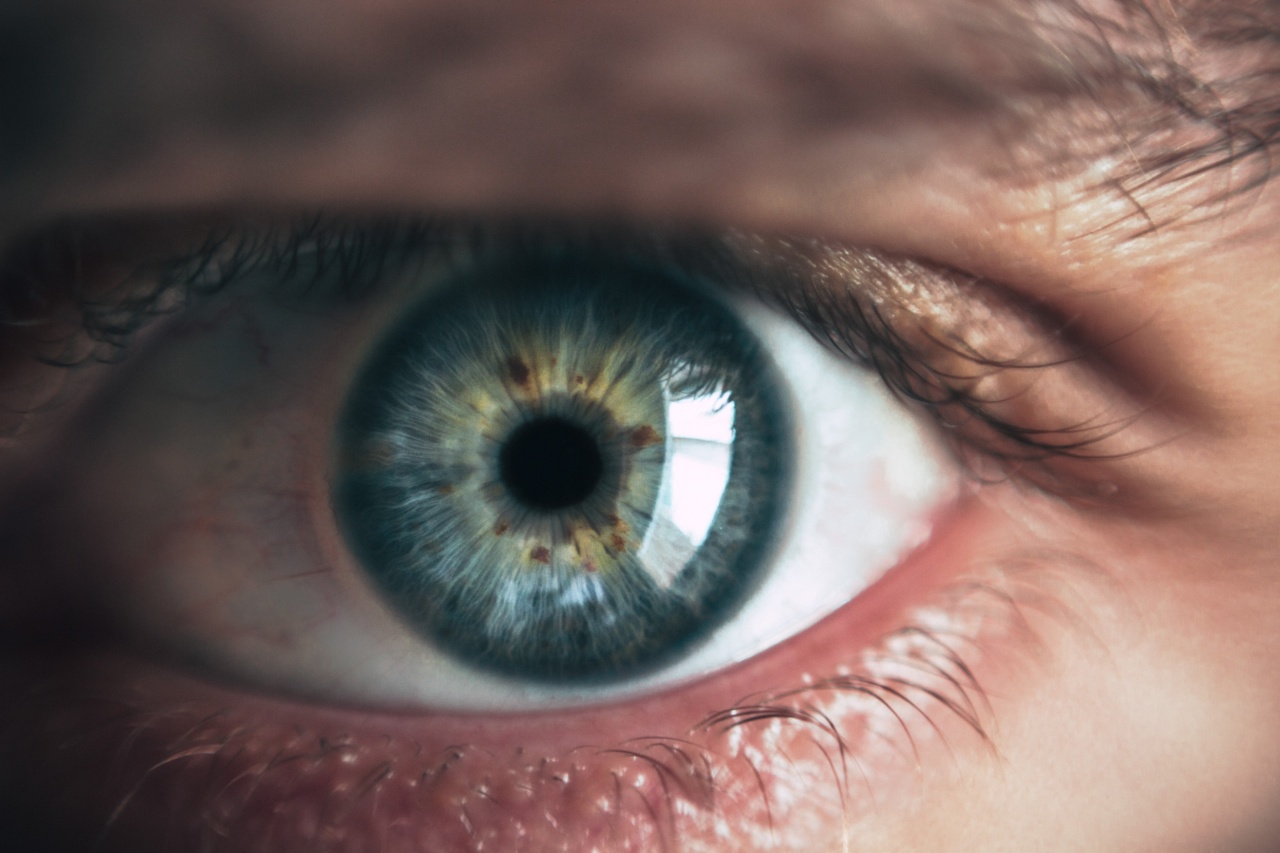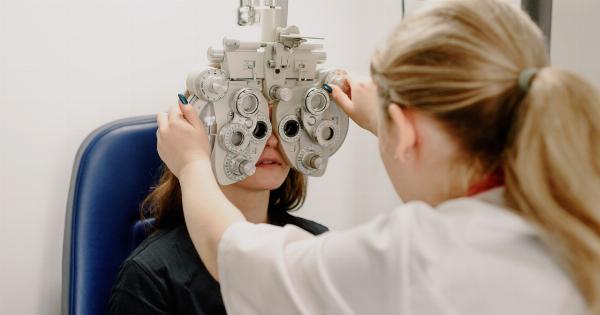Restoring Vision with the Artificial Retina.
Understanding Vision Loss
Vision loss is a debilitating condition that affects millions of people worldwide.
Various disorders and diseases, such as age-related macular degeneration, retinitis pigmentosa, and diabetic retinopathy, can cause irreversible damage to the retina – the light-sensitive tissue at the back of the eye responsible for converting light into electrical signals for the brain to process.
The Concept of Artificial Retina
Scientists and researchers have been relentlessly working on developing innovative solutions to restore vision for individuals suffering from retinal diseases.
One such groundbreaking advancement is the development of the artificial retina, also known as a retinal prosthesis.
How Does the Artificial Retina Work?
The artificial retina is a complex device that aims to mimic the functionality of the damaged photoreceptor cells in the retina. It consists of an electrode array implanted on the surface of the retina or underneath it, depending on the design.
These electrodes are connected to a microprocessor and a tiny camera housed in a pair of glasses worn by the user.
The Role of the Camera and Microprocessor
The camera mounted in the glasses captures images from the surrounding environment. These images are then processed by the microprocessor, which converts them into electrical signals that can be interpreted by the remaining healthy cells in the retina.
How are the Electrical Signals Transmitted?
The electrical signals generated by the microprocessor are transmitted to the electrode array located on or inside the retina. These electrodes deliver the electrical stimulation directly to the remaining functional retinal cells.
The stimulation triggers the cells to send signals to the brain, allowing the user to perceive visual information.
Different Types of Artificial Retinas
There are two primary types of artificial retinas currently in use – epiretinal implants and subretinal implants.
Epiretinal Implants
Epiretinal implants are placed on the surface of the retina, closer to the ganglion cell layer. These implants utilize an electrode array to stimulate the ganglion cells directly.
The captured images are processed by the external camera, and the resulting electrical signals are sent to the electrodes for stimulation.
Subretinal Implants
Subretinal implants, on the other hand, are placed underneath the retina, specifically between the photoreceptor layer and the retinal pigment epithelium.
In this design, the electrode array stimulates the remaining functional photoreceptor cells, bypassing the damaged outermost layer of the retina.
Advantages and Challenges
The artificial retina has shown incredible promise in restoring some degree of vision to individuals previously considered blind. It has the potential to enhance their quality of life and help them regain independence.
However, this innovative technology also faces certain challenges that need to be addressed.
Advantages of Artificial Retina
The artificial retina offers several advantages over traditional vision restoration methods:.
- Provides a new option for individuals with irreversible vision loss
- Enables perception of light, shapes, movement, and objects
- Potential for future improvements and technological advancements
- Can enhance independence and quality of life
Challenges in Artificial Retina Development
Despite its potential, there are several challenges associated with the development and practical implementation of the artificial retina:.
- Ensuring precise placement of electrodes and compatibility with the individual’s specific retinal anatomy
- Developing efficient image processing algorithms to optimize visual perception
- Maintaining long-term biocompatibility and stability of the implant materials
- Addressing power supply concerns and minimizing the energy consumption of the implant
Current Research and Future Prospects
Continuous advancements in technology and ongoing research have paved the way for the exponential growth of artificial retinas. Scientists are exploring novel materials, refining electrode designs, and improving image processing algorithms.
Potential Applications
The applications of the artificial retina extend beyond age-related macular degeneration and retinitis pigmentosa.
The technology showcases potential in treating other visual impairments, such as cortical blindness, if combined with suitable brain-computer interfaces.
Conclusion
Restoring vision with the artificial retina signifies a groundbreaking milestone in the field of ophthalmology. Although challenges remain, this technology holds immense potential for improving the lives of those affected by retinal diseases.
As research and development continue, we can look forward to a future where the artificial retina becomes a primary solution for restoring vision.



























